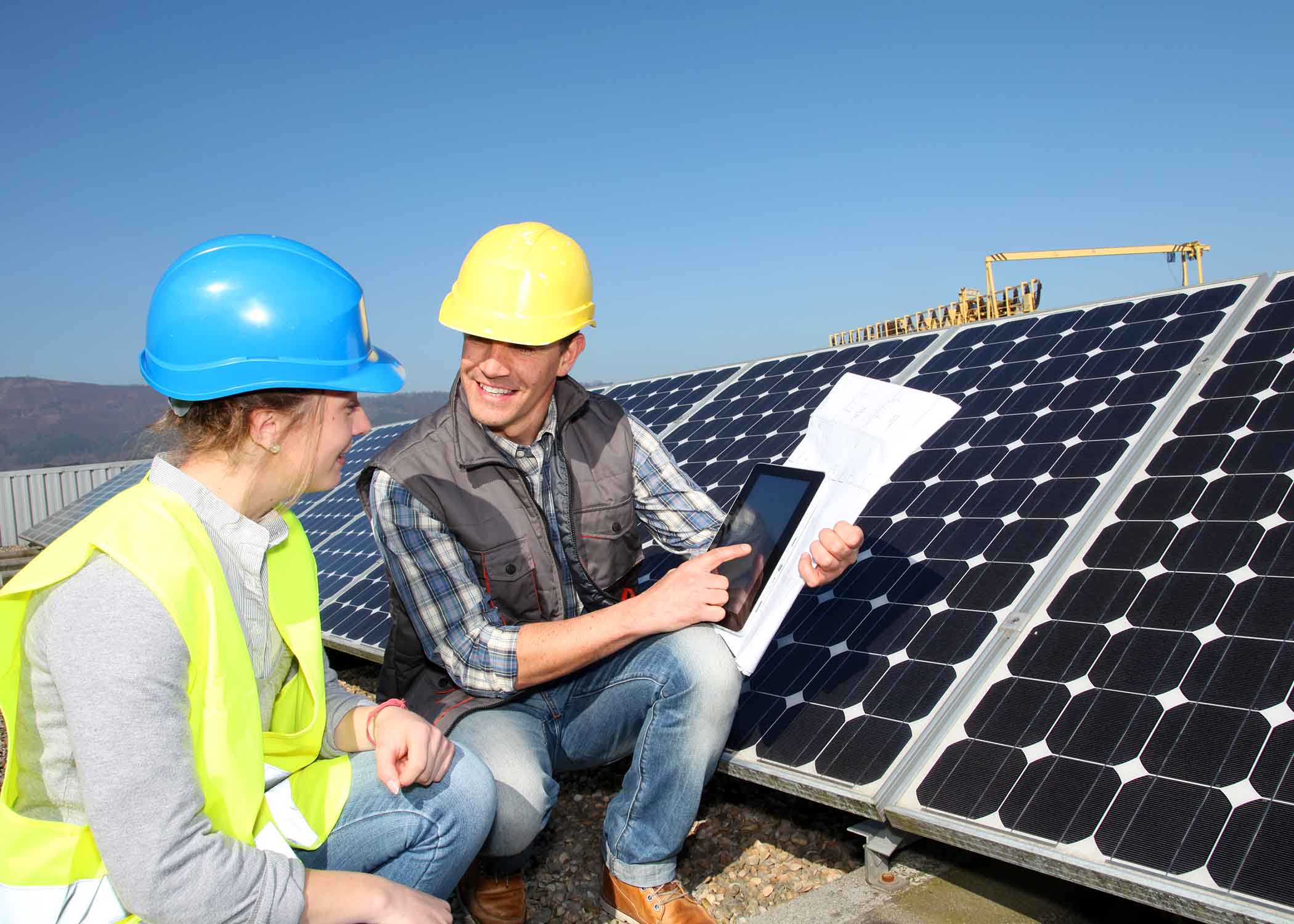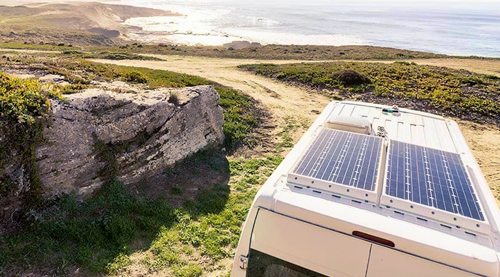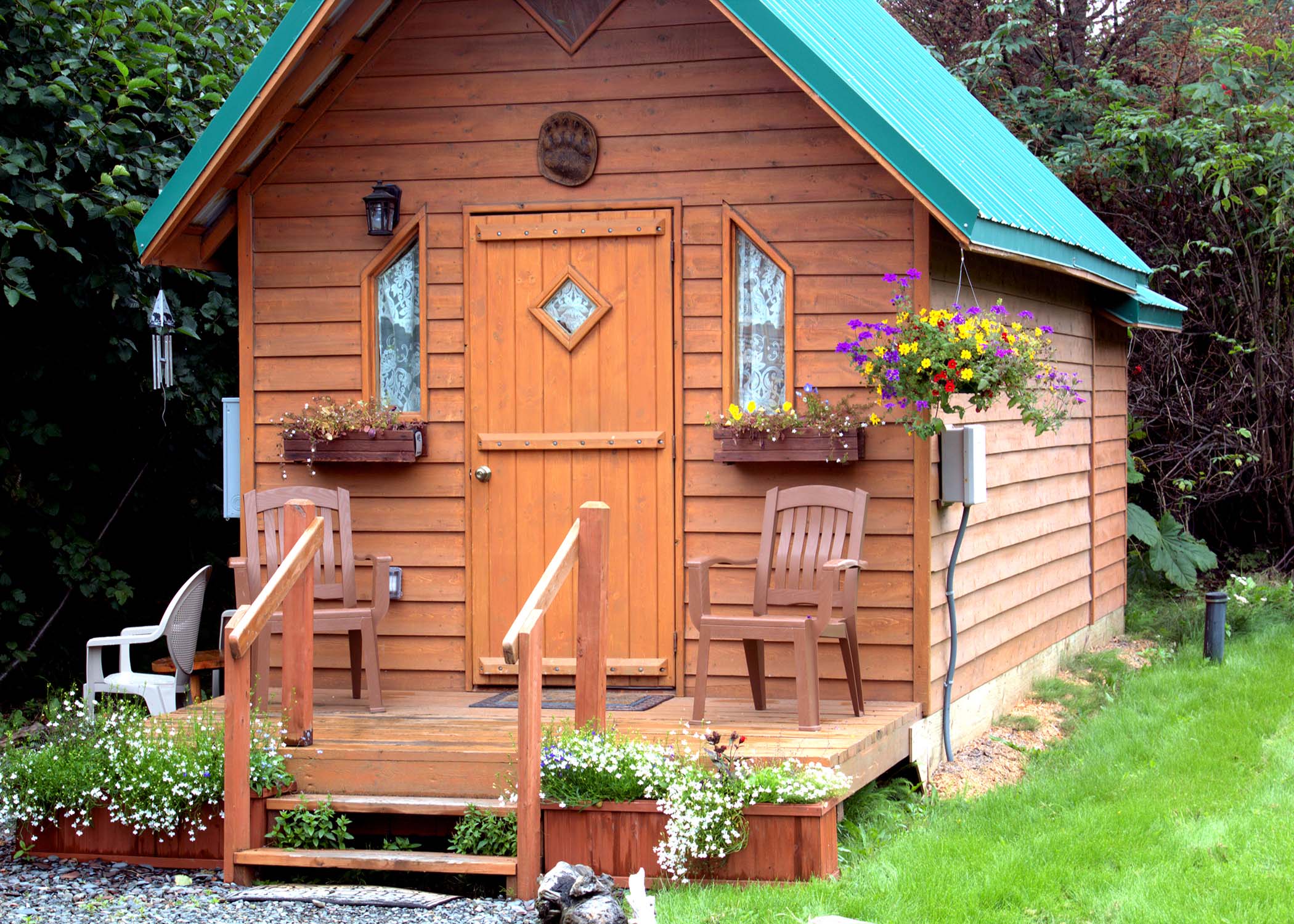If you’re a farmer currently working with a solar developer, you may be wondering what will happen to your land when your lease expires.
Can you decommission a solar system?
What happens to your ground if you choose to cancel your lease or don’t want to renew it?
It doesn’t have to be a permanent decision when installing your solar system.
While many people reap benefits from the system, you have the option to remove it later on.
As a farmer, you must take care of every acre of your property, particularly when each acre could potentially yield crops or help raise livestock.
Our following guide may help you understand how you can reclaim your land for crops after a solar lease.
How Long Is a Solar Lease?
Before converting part of your farm for solar power, you have to determine how suitable your land is.
As long as your farm has enough acreage to host the equipment and is accessible and regulations allow it, you should lease a solar system.
When you decide on solar power, you have a choice between buying and leasing.
When you lease, you put very little money down and, in some cases, no money for the system.
The only downside to a lease is that you do not qualify for the same tax credits or rebates that the owner does.
You don’t have to worry about performing maintenance yourself during the lease.
The company owns and maintains the system.
In general, your solar lease lasts 20 to 25 years.
Once the lease term ends, you can choose to renew the agreement, have your system uninstalled, or purchase the system.
Will a Solar Lease Compromise Your Land?
Many people think installing solar panels on their farms means they can no longer farm the land.
While it is possible to install solar systems where there is no farming, you can still farm around the system.
If you want to grow crops beneath or between the modules, you may need a smaller tractor or a plan to grow crops you can manage by hand.
Solar installations also support native vegetation.
Many utility-scale projects have pollinator habitats beneath the panels.
Not only can this benefit your farm, but if you’re interested in beekeeping, you can start an operation under the shade of the panels.
Converting the Land Back Following a Solar Lease
One of the biggest fears farmers have before installing solar panels is whether the panels will contaminate the ground beneath them.
After all, contamination can render the land useless after your solar lease ends.
Fortunately, there is no significant risk to the soil.
Most PV cells are silicon-based, and the panels have glass fronts to protect the cell.
Any leaching of trace metals is too small to be significant.
While there are solar modules that use cadmium telluride, the compound does not emit during operation or in the event of a fire.
For those concerned about the microclimate effects, while the air temperature under the panels may be warmer at night and cooler during the day, it doesn’t create pest problems or harm plants.
Many native plants thrive under solar panels.
When you decide to uninstall your solar panels, the land will still be profitable and not lose its crop capacity.
Resting the Ground
The life of a solar installation is approximately 20 to 25 years.
You may be able to use the solar installation to fallow your soil.
Fallowing soil is a method of land management that has been practiced throughout the world for centuries.
In the past, farmers had a two-field rotation.
They would divide their field and plant crops on one side while the other rested.
Resting the ground allows the soil to replenish its nutrients.
During plant growth and irrigation, nutrients are leached from the earth.
In addition to replenishing nutrients, a rest period can give time for phosphorus and potassium to rise towards the surface.
When crops lie fallow, they can produce a higher crop yield later.
Uninstalling Panels
Generally, the complete uninstallation is simple and doesn’t take long.
Most panels end up recycled or sold to others who want to use solar power.
The time it takes to uninstall the panels depends on the size of your project.
The contractors set up your land how they did when they first installed the panels.
For large-scale projects, it can take weeks to finish.
Before the teardown begins, solar technicians must verify that the panels no longer produce energy or feed into the grid.
Once the panels are removed and stacked, the wiring and conduits can be removed.
In many cases, inverters and internal components are sold as spare parts.
Once the panels are uninstalled, all the holes are filled, and landscaping repaired.
When finished, it should look like you never had solar panels on your property.
Preparing the Land
Once the contractors remove the panels, you can start cultivating your land again.
Test your soil if you haven’t tested it in a while.
It’s critical to know the type of soil you’re working with before you begin to improve it for crops or animals.
You can resume tilling your land as soon as you have a clear space to do so.
There are no extra steps to preparing your land for new crops.
Solar panels do not have a permanent impact on the soil.
A Trusted Partner for Your Solar Needs
If you’re curious about the benefits of a solar lease for your farm, we can help.
No matter what your plans for your solar system are, we can help you find the right solution that meets your specific needs.
Call us today – we’re here to help!




